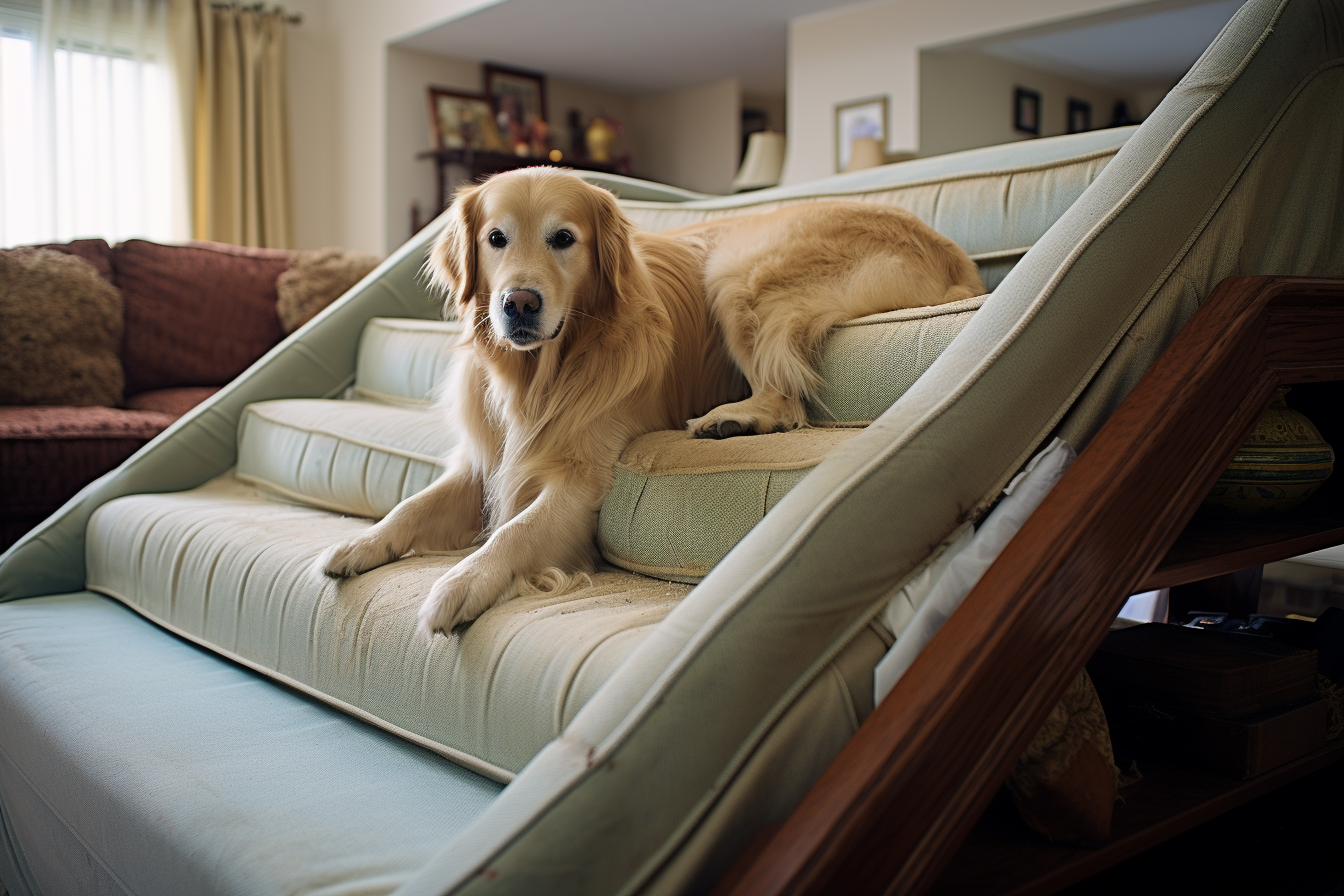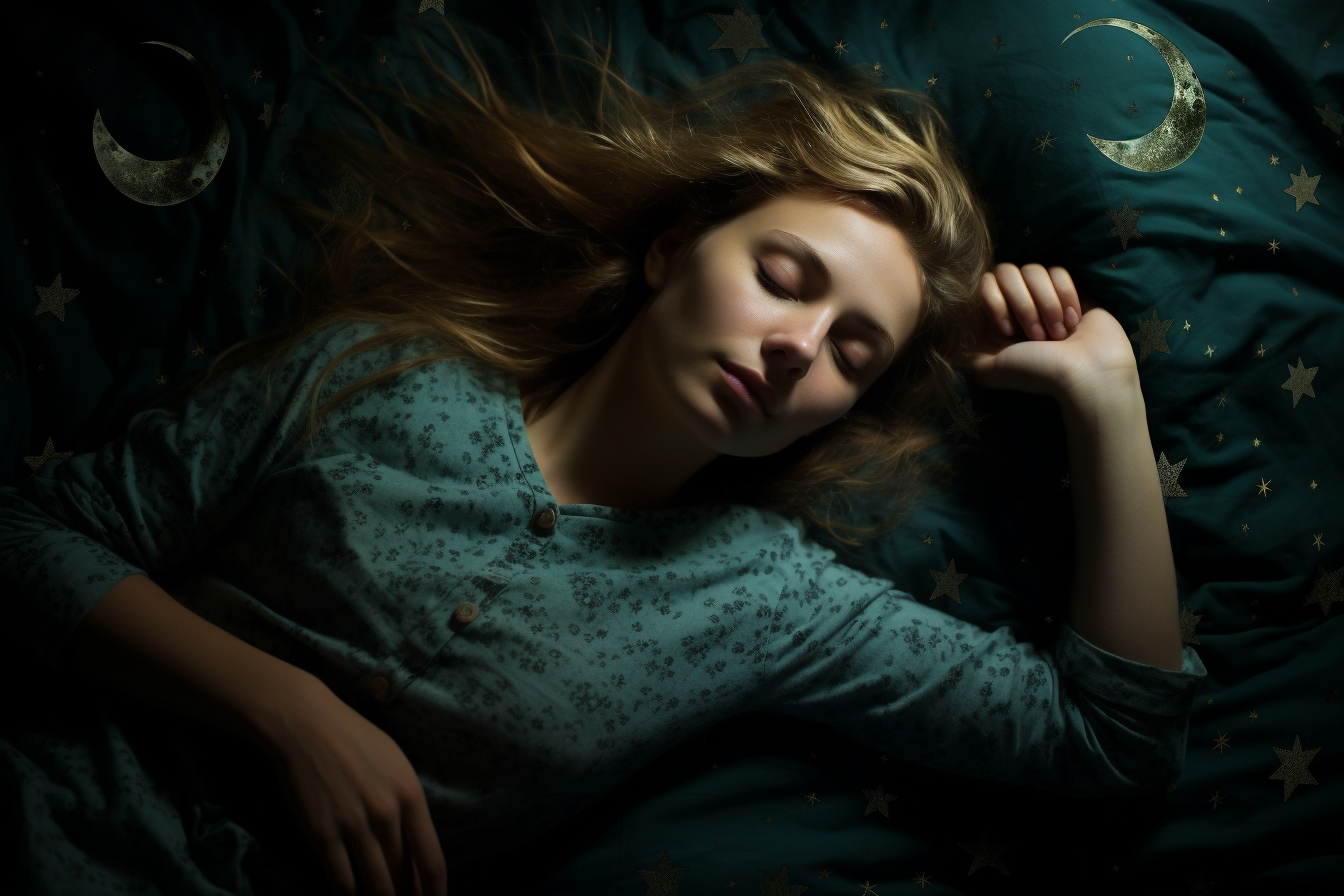When buying bedding, clothing, and other textiles, you may come across mentions of OEKO-TEX certification. But what exactly does this mean and why does it matter? This guide will explain the OEKO-TEX standard for textile safety, how certification testing works, what it indicates about materials used, and why OEKO-TEX labeled products provide peace of mind.
We’ll outline the different OEKO-TEX certification classes, analyze requirements by product type, delve into regulated substances, and compare standards. Read on to gain a helpful understanding of OEKO-TEX and how it ensures textiles contain no harmful substances.
Table of Contents
ToggleWhat is OEKO-TEX?
OEKO-TEX is an independent, globally uniform testing and certification system for textile products at all steps in processing. Here are the key facts:
- OEKO-TEX headquarters located in Zurich, Switzerland
- Founded in 1992 by the Austrian Textile Research Institute
- Overseen by the independent International OEKO-TEX® Association
- OEKO-TEX now consists of 18 research and test institutes in Europe and Japan
- Over 10,000 manufacturers certified, millions of tested products
OEKO-TEX has become one of the most respected and comprehensive standards for validating textile safety today.
Understanding OEKO-TEX Certification and Testing
OEKO-TEX certification involves rigorous scientific testing of textiles for an extensive range of potential harmful substances. Here is an overview of the testing and certification process:
- Manufacturers apply and submit product samples to an OEKO-TEX institute for analysis.
- Samples undergo laboratory testing for over 100 regulated substances using advanced analytical methods.
- Testing analyzes dyes, pigments, formaldehyde, pesticides, phthalates and other chemical residues. Also tests for PH level safety, colorfastness, and metal content.
- Testing determines if substances exceed strict OEKO-TEX limit thresholds that are considered safe for human health.
- If testing concludes substances are within “safe” limit parameters, the product is OEKO-TEX certified for that product class. The manufacturer receives a certification label and ID number to apply to products, subject to annual renewal.
- OEKO-TEX random tests certified products in stores to ensure compliance. Products without OEKO-TEX labels found containing harmful levels can lead to certification revocation.
OEKO-TEX provides assurance products underwent stringent safety testing for human use.
OEKO-TEX Standard 100 Certification Classes
OEKO-TEX Standard 100 is the core certification indicating tested textiles meet harmful substance thresholds. It designates one of four product classes:
Product Class 1: Baby and infants
Product Class II: Direct skin contact articles like underwear
Product Class III: No direct skin contact like jackets
Product Class IV: Home textiles like bedding and linens
The more direct and prolonged the skin contact of a product, the stricter the levels set for certified safety. For example, baby clothing requirements are most stringent, while furniture textiles are more moderate.
OEKO-TEX Certification Labeling
Once a product is successfully tested and certified under OEKO-TEX guidelines, the manufacturer receives authorization to apply one of these labeling options:
“OEKO-TEX® Confidence in Textiles – Tested for harmful substances.”
Or simplified:
“Confidence in Textiles – Tested for harmful substances.”
Labels must also state the OEKO-TEX terms and conditions, certification number, testing institute, product class, and OEKO-TEX logo. Consumers can use the certification number for added verification.
What OEKO-TEX Certification Indicates About Materials
OEKO-TEX certification ensures:
- Materials were tested for over 100 harmful substances down to trace amounts measured in parts per million using advanced methods.
- Tested chemicals and residues were found to be within safe limit thresholds unlikely to cause human health risks with normal use.
- Substances tested include toxic pesticides; carcinogenic dyes and pigments; harmful metals like lead, mercury, cadmium, and nickel; formaldehyde; chlorinated phenols; and regulated chemicals like phthalates and PAHs. Also stable AZO dyes.
- Testing covers all components including fabric, findings, buttons, zippers, prints, coatings and more depending on the product type.
- Annual renewal ensures compliance and potential issue identification.
In short, OEKO-TEX provides assurance textiles contain no concerning levels of the many chemicals tested that could pose risks to human health or skin sensitivities.
OEKO-TEX Standards Overview
In addition to Standard 100, OEKO-TEX offers these complementary certification standards:
STANDARD 100 by OEKO-TEX®
Testing and certification focused on guaranteeing product safety by measuring chemical residues. Covers textiles at all stages of processing.
STeP by OEKO-TEX®
Analysis and auditing of facilities and production processes. Certifies environmentally responsible manufacturing practices as well as health and safety procedures for employees.
MADE IN GREEN by OEKO-TEX®
Product label indicating use of STeP certified environmentally friendly materials tested for low chemical residues.
LEATHER STANDARD by OEKO-TEX®
Testing and certification of leather products like clothing, bags, shoes and leather components. Focused on safety of chemicals like chromium VI, azo dyes, phthalates, etc. in leather goods.
ECO PASSPORT by OEKO-TEX®
Certification of safety of individual chemicals, colorants and auxiliaries used during textile manufacturing. Ensures below threshold levels.
Together these standards promote both product and production safety, sustainability, and transparency across the textile industry.
OEKO-TEX Limit Values for Substances
OEKO-TEX Standard 100 sets allowable limit values for over 100 individual substances tested. Requirements are strictest for Product Class I articles intended for babies and infants.
Here are just a few examples of restricted substance thresholds:
Formaldehyde: Max limit 75 ppm for Product Class I, 300 ppm for Product Class IV.
Lead: Max limit 0.2 ppm for Product Class I, 1 ppm for Product Class IV.
Organotin compounds: Max 0.5 ppm for Product Class I, 1 ppm Product Class IV.
Pesticides: Varies by type from non-detectible to max 1 ppm for Class I, 3 ppm Class IV.
Chlorophenols: Max limit 0.1 ppm Class I, 0.5 ppm Class IV.
Phthalates: No detection up to max 100 ppm depending on type.
Limits aim to prevent adverse health effects and account for cumulative combined exposures from multiple items used daily.
Benefits of OEKO-TEX Certification for Consumers
For consumers, OEKO-TEX labeled textiles offer peace of mind understanding:
- They underwent rigorous testing by an internationally respected authority.
- Products contain no harmful substances over safe amounts unlikely to pose health risks with normal use.
- The certification provides assurance children won’t absorb toxins or develop skin irritation. Sensitive adults benefit too.
- Annual OEKO-TEX renewals and random market testing ensure compliance over time, not just a one-time certification.
- OEKO-TEX thresholds frequently align with or even exceed government safety standards in many countries.
In short, OEKO-TEX gives consumers credible confidence in textile product safety.
OEKO-TEX Certified Bedding and Linens
OEKO-TEX is highly recommended when purchasing bedding and bedroom textiles since these are in prolonged direct contact with your skin as you sleep. Having OEKO-TEX certification indicates:
- Sheets contain no worrisome chemical residues or dyes that could cause skin reactions or sensitivities over years of continuous use.
- No pesticide residues that easily absorb through skin and have been linked to disorders, especially in children.
- Mattress components like barrier fabrics, foams and covers passed stringent toxic substance testing for safety in your sleep environment.
- Very low VOCs and odorants for better indoor air quality, especially for memory foam off-gassing concerns.
- Certification testing ensures bedding won’t release substances that could affect hormone or endocrine disruption.
Look for OEKO-TEX logos and certification numbers on bed sheets, mattresses, mattress pads, protectors and pillows for worry-free sleep.
OEKO-TEX for Clothing and Fabric Safety
Since clothing sits directly against the skin all day, OEKO-TEX provides added confidence:
- Clothing contains no traces of carcinogenic colorfastness dyes or AZO dyes that release harmful aromatic amines into the body through sweat and skin.
- No toxic pesticides or herbicide residues from agricultural processes remain embedded in fabrics.
- No chlorinated phenols used in production which have health effects and environmental persistence.
- No pH levels or colorants that could cause skin irritation with continuous contact.
Look for certification on underwear, t-shirts, sleepwear, activewear, socks, etc in direct skin contact for hours daily.
OEKO-TEX Benefits for Children
OEKO-TEX provides parents and caregivers vital assurance:
- A certified onesie or pajamas won’t expose a baby’s delicate skin to harsh dyes, heavy metals or other toxins used in production that could be absorbed or cause rashes.
- Certification verifies no coating treatments or prints contain substances that could flake off onto a crawling baby putting objects in their mouth.
- Materials meet the most stringent safety thresholds for products in direct skin and even oral contact with infants.
Seeking out OEKO-TEX baby and toddler items brings peace of mind that your child’s clothing and bedding is free of worrisome substances.
OEKO-TEX for Sensitive Skin
The certification indicates fabrics, dyes and finishes contain no harsh skin irritants or sensitives, making OEKO-TEX beneficial for:
Allergies –Ensures dyes, pesticide residues or chemicals won’t provoke reactions.
Asthma – No formaldehyde or toxic preservatives that worsen symptoms.
Eczema – No dyes or treatments that could cause flares on sensitive skin with continuous contact.
Chemical sensitivities – Validates processing avoided toxins that trigger migraines or respiratory reactions.
Acne – No problematic dyes, coatings or chemicals that clog pores or cause flares.
OEKO-TEX certified products provide a barrier against compounds that aggravate sensitivity disorders.
OEKO-TEX Benefits for Workwear
For those wearing uniforms like medical scrubs, food service and hospitality attire every day, OEKO-TEX indicates:
- No toxic pesticides or formaldehyde residues transfer to skin with constant abrasion and sweating.
- Antimicrobial treatments like triclosan underwent scrutiny for any associated health impacts.
- No colorants, PH levels or coatings present problems when in constant close skin contact.
- Safe even if work products encounter open wounds, burns or rashes.
OEKO-TEX protects workers having extensive skin exposure from workwear health issues.
OEKO-TEX Certified Dyes and Prints
OEKO-TEX places strict limits on dyes and prints since these are direct sources of skin exposure:
- No dyes or pigments containing heavy metals like lead, nickel and chromium which are toxic.
- Azo dyes broken down into carcinogenic amines by skin bacteria are regulated.
- Any prints, transfers and optical brighteners verified safe in testing.
- Dye fixation testing ensures colors won’t bleed or run onto skin with washing or sweating.
- Allowed dyes produce no sensitization or skin irritation with continuous contact.
Certification provides confidence prints and dyes won’t pose short or long term health issues, especially for sensitive individuals.
OEKO-TEX Questions and Concerns
While OEKO-TEX sets strict limits, a few considerations exist:
Not Chemical-Free
OEKO-TEX doesn’t equate to organic or chemical-free, just levels deemed safe. But it does prohibit many chemicals of concern. Prefer Global Organic Textile Standard (GOTS) certified textiles for organic processing.
No Guarantee of Zero Risk
Trace amounts within limits may potentially still interact with individuals, especially with existing sensitivities. OEKO-TEX reduces but doesn’t eliminate all risk.
Criticisms of Limit Levels
Some say OEKO-TEX limits aren’t strict enough, allowing concerning phthalates and pesticides at low levels. But most US regulations contain higher tolerances.
Lacks Mandatory Oversight
OEKO-TEX is voluntary and not a regulatory body. Critics argue more mandatory rather than optional safety standards and enforcement are needed in the textile industry.
While not perfect, OEKO-TEX does provide meaningful chemical safety reassurance well beyond most textiles.
OEKO-TEX Versus Other Textile Safety Programs
OEKO-TEX is not the only safety standard, but compares favorably to others:
OEKO-TEX vs Global Organic Textile Standard (GOTS)
GOTS focuses on organic processing methods. OEKO-TEX allows conventional textiles but sets chemical limits. The two validate different criteria.
OEKO-TEX vs REACH
European Union REACH regulations restrict harmful textile substances. But its phased implementation is far slower and contains exceptions. OEKO-TEX regularly updates its wider range of regulations.
OEKO-TEX vs Eco-Label
Various “eco” labels simply screen for some harmful chemicals during production. OEKO-TEX comprehensively tests final products for long lists of regulated compounds down to trace amounts.
OEKO-TEX vs Bluesign®
Bluesign focuses on safer textile manufacturing and processing itself rather than testing end products. Important but different goals from OEKO-TEX end product safety verification.
While other programs also offer value, OEKO-TEX remains uniquely rigorous regarding final product safety.
Finding OEKO-TEX Certified Brands and Items
OEKO-TEX makes finding certified products easy through:
- Manufacturer databases – Search for your desired brands to see if certified
- Shopping guides – Find OEKO-TEX items by store from Amazon to Zappos
- OEKO-TEX Buying Guides – Searchable lists of thousands of tested & approved items across categories from bedding to baby care
- Retailers – Ask stores if they carry OEKO-TEX certified merchandise
- Product labels – Look for “Confidence in Textiles” and the four OEKO-TEX symbols when shopping
Searching for OEKO-TEX certification allows you to confidently select safe, worry-free textiles.
OEKO-TEX Certification FAQs
What fabrics are OEKO-TEX certified?
OEKO-TEX certifies textiles and components including cotton, polyester, nylon, elastane, wool, down, leather, and many more materials across leading brands. Certified items range from sheets to clothing to toys.
Is OEKO-TEX safe for babies?
Yes, OEKO-TEX Product Class I has the strictest standards guaranteeing baby and infant textiles contain no chemicals of concern over safe limits. This gives parents assurance baby bedding and clothes are non-toxic.
Does OEKO-TEX mean organic?
No, OEKO-TEX allows both conventional and organic textiles as long as chemical residues measure below regulated thresholds. It focuses on human safety once made. Prefer Global Organic Textile Standard (GOTS) for organic processing.
What’s better – OEKO-TEX or GOTS?
GOTS verifies organic methods while OEKO-TEX tests final chemical safety. They are complementary certifications with different goals – organic production versus product safety. Some textiles carry dual certification.
What does OEKO-TEX Standard 100 certified mean?
OEKO-TEX Standard 100 certification indicates a textile product has undergone and passed rigorous safety testing for an extensive range of potentially harmful substances, confirming it meets or exceeds regulatory safety thresholds.
The Bottom Line
OEKO-TEX certification provides trustworthy validation that textiles like clothing and bedding contain no harmful chemical residues or dyes that could pose risks to human health or skin issues with regular use. Testing ensures safety for all ages, sensitive individuals, and prolonged contact against skin. Seeking out OEKO-TEX certified textile items allows consumers to confidently select worry-free products for themselves and their families. With OEKO-TEX, you can rest easy knowing your fabrics meet strict safety science.
Originally posted on September 19, 2023 @ 9:35 pm
Author
-

Dr. Barry Jarvis is a renowned sleep specialist, dedicating their illustrious career to the intricate world of sleep medicine. Holding a medical degree from a prestigious institution, Dr. Jarvis has cultivated a deep understanding of the complex mechanisms that govern sleep and its pivotal role in overall health and well-being. With a compassionate approach and a meticulous eye for detail, Dr. Jarvis has helped countless individuals reclaim restful nights and vibrant days. Beyond their clinical expertise, they have contributed to groundbreaking research in sleep medicine, unraveling the mysteries of sleep disorders and pioneering innovative treatments that stand at the forefront of the field.
Tags: OEKO-TEX
Dr. Barry Jarvis
Dr. Barry Jarvis is a renowned sleep specialist, dedicating their illustrious career to the intricate world of sleep medicine. Holding a medical degree from a prestigious institution, Dr. Jarvis has cultivated a deep understanding of the complex mechanisms that govern sleep and its pivotal role in overall health and well-being. With a compassionate approach and a meticulous eye for detail, Dr. Jarvis has helped countless individuals reclaim restful nights and vibrant days. Beyond their clinical expertise, they have contributed to groundbreaking research in sleep medicine, unraveling the mysteries of sleep disorders and pioneering innovative treatments that stand at the forefront of the field.









